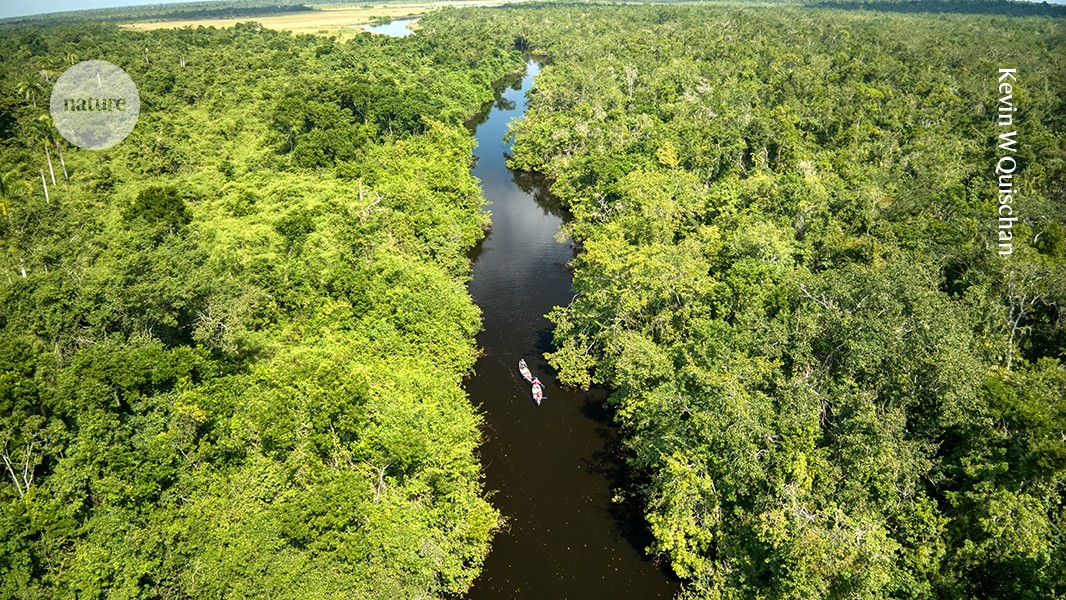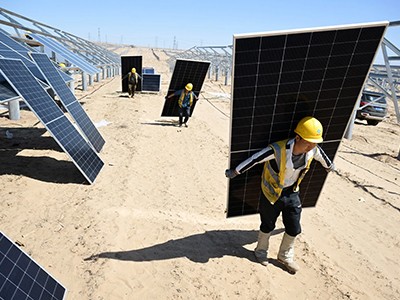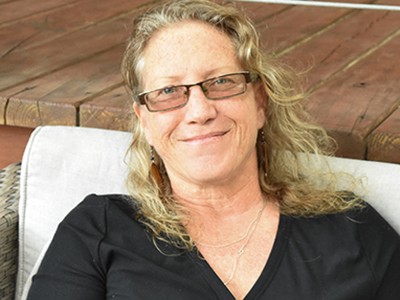This week, as world leaders gather in Belém, Brazil, for the 30th United Nations Climate Change Conference (COP30), once again it seems that there will be more rhetoric than real solutions for the countries that are most vulnerable to the effects of a changing climate.
My native Belize — with its tropical rainforests, coastal wetlands and coral reefs — is one such country. Warming seas are killing our reefs. Hurricanes and wildfires are increasing in frequency and intensity.
How to fight climate change without the US: a guide to global action
As a biologist with two decades of experience in academia and conservation, I have learnt that, to protect natural resources, local communities must bey empowered to steward these efforts — and that women are often best placed to drive them, at least in Latin America and the Caribbean, but probably everywhere.
In many cultures, women are the de facto main carers and custodians of community knowledge. They are often in positions, paid or otherwise, to make their communities healthier, more prosperous and more peaceful — making them well-suited to lead climate action and conservation work.
I am the managing director of the Belize Maya Forest Trust, a non-profit organization dedicated to conserving nearly 1,000 square kilometres of the country’s tropical forest. I also chair the board of directors of the Belize Network of NGOs, an umbrella organization for many of the more than 100 non-governmental organizations (NGOs) in the country. In Belize, many prominent conservation organizations are led by women. Take the Community Baboon Sanctuary, a globally recognized conservation effort that protects the habitat of the Yucatán black-howler monkey (Alouatta pigra). Today, the sanctuary is managed by the Community Baboon Sanctuary Women’s Conservation Group, which is directed by women from seven Belizean villages.
And over the past five years, working with the government of Belize and The Nature Conservancy, a global environmental organization headquartered in Arlington, Virginia, women in Belize have had key roles in the execution of game-changing sustainable-financing initiatives. One is Belize’s first large-scale project to reduce emissions by avoiding deforestation, which is helping to protect the Belize Maya Forest, an area that includes some of the world’s most biodiversity-rich lands. Another is Belize Blue Bonds — which, when the deal closed in November 2021, was the world’s largest debt-refinancing scheme for ocean conservation.
The more I participate in advocacy and interact with civil-society organizations — both in Belize and internationally — the more I find myself in rooms full of women striving to protect the environment and defend human rights.
But I have also noticed that women are not usually negotiating for funds, deciding whether to launch large initiatives or setting national priorities.
Is it time to give up trying to save coral reefs? My research says no
Belize is again a case in point. In any of the ten elections since Belize gained independence in 1981, at most four women have been elected to the 28–31-member House of Representatives, the most powerful arm of the country’s legislature. Other female parliamentarians have been appointed by the prime minister, but these positions tend to have much less authority than do those elected through popular vote. Also, female ministers are usually put in charge of human or rural-development issues, rather than the country’s economy, land, infrastructure or defence.
For countries to build resilience and protect their biodiversity in the time needed, more women must be made equal partners in decision making.




